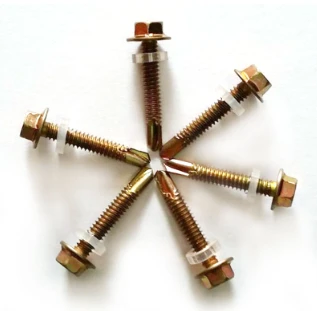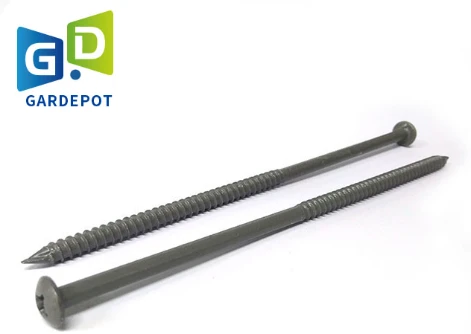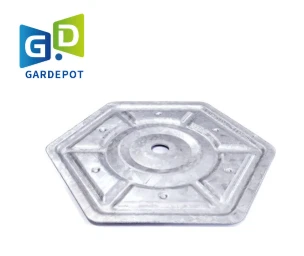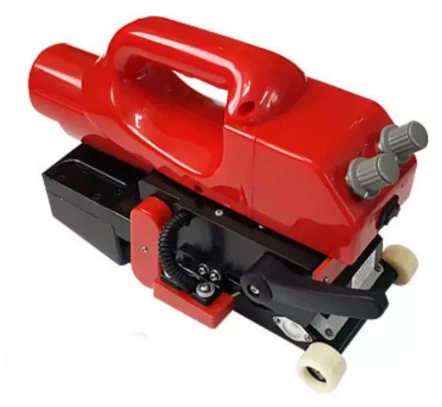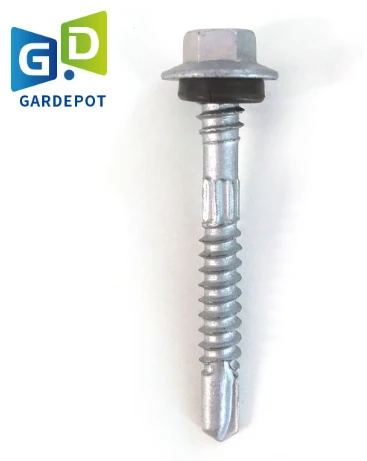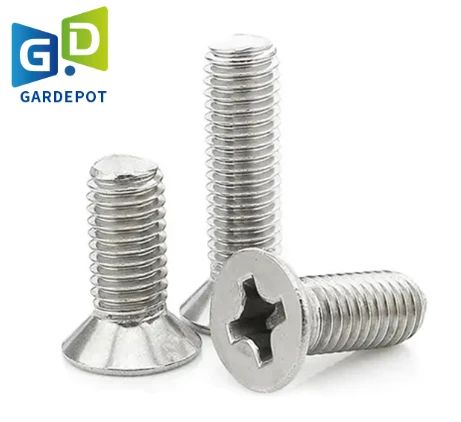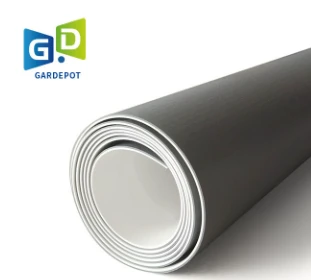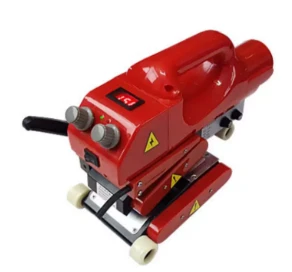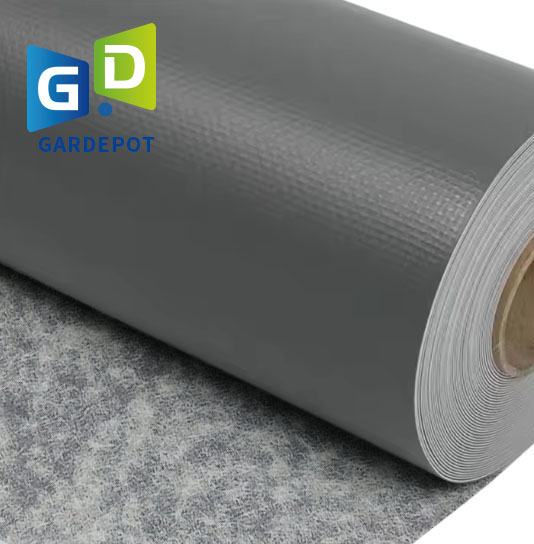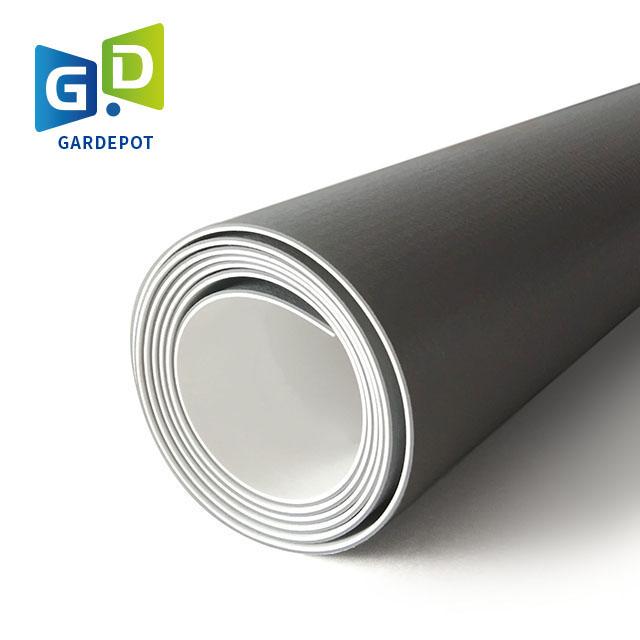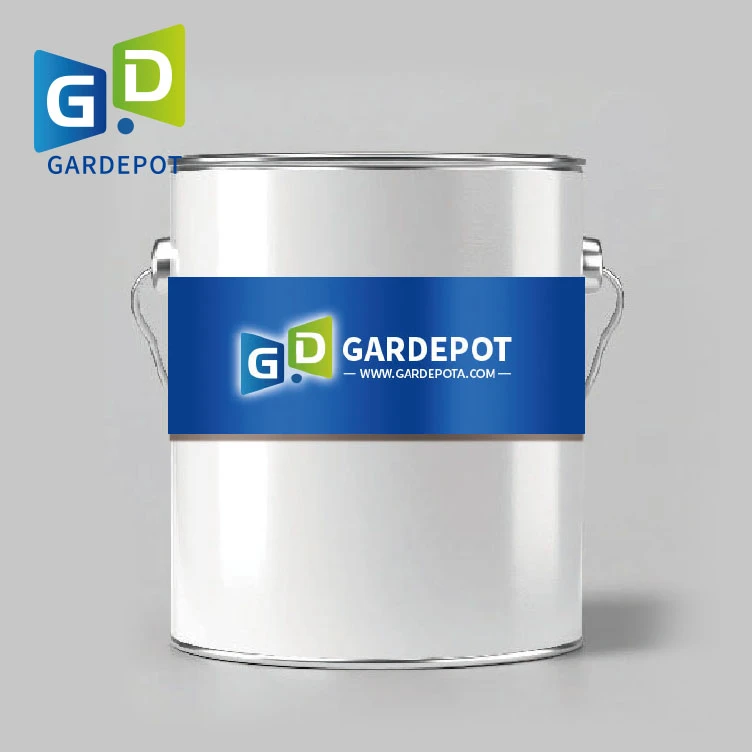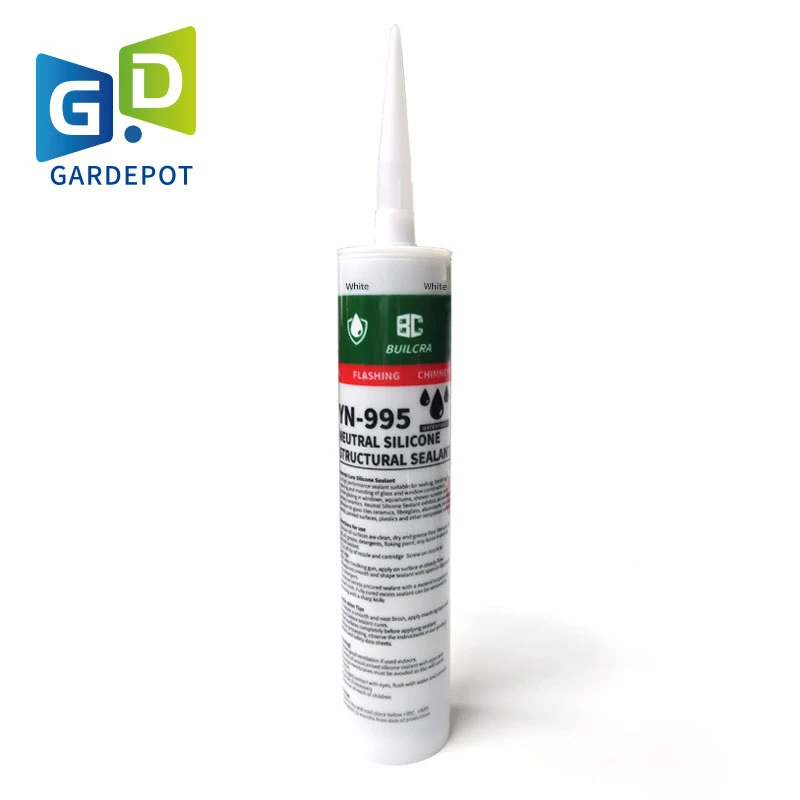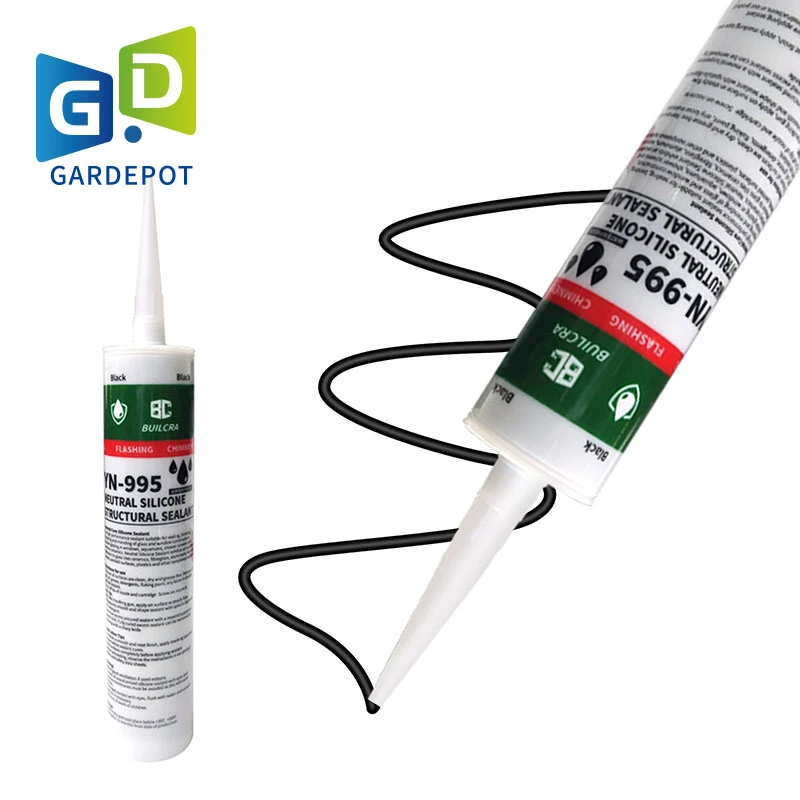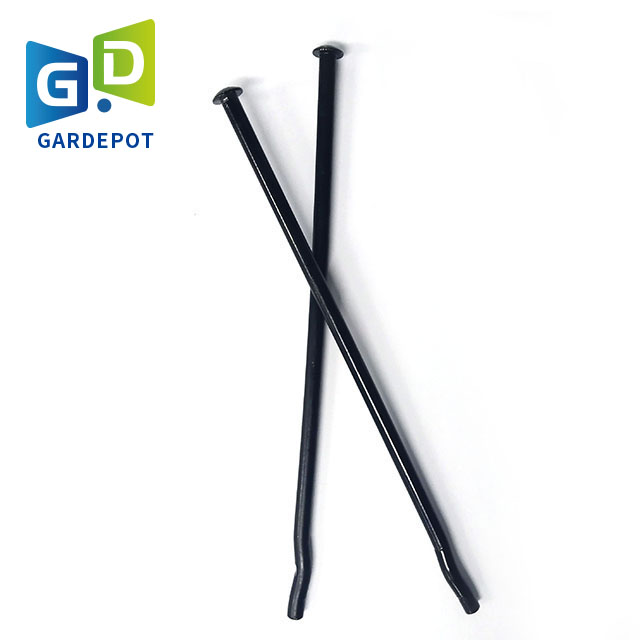TPO Waterproof Membrane: Superior & Durable Waterproofing
In the dynamic world of commercial and industrial construction, advanced waterproofing solutions are paramount for protecting assets, ensuring structural integrity, and extending the lifespan of buildings. Among the leading innovations in this field is the TPO Waterproof Membrane, a high-performance material that has rapidly gained prominence for its exceptional durability, flexibility, and environmental advantages. This thermoplastic polyolefin (TPO) based membrane offers a superior alternative to traditional roofing and waterproofing methods, addressing critical needs across a multitude of sectors including commercial roofing, civil engineering, and specialized industrial applications. Its robust composition and versatile application capabilities make it an indispensable component for architects, engineers, and property owners seeking reliable, long-term protection against water ingress.
The increasing demand for sustainable and energy-efficient building materials has further propelled the adoption of tpo waterproof membrane solutions. With stringent environmental regulations and a growing emphasis on green building practices, TPO stands out due to its recyclability and often reflective surface, which contributes to reduced cooling costs in buildings. This article delves into the technical intricacies, application benefits, and strategic considerations for deploying TPO waterproofing systems, providing B2B decision-makers with a comprehensive understanding of its value proposition. We will explore its manufacturing process, key technical specifications, diverse application scenarios, and the factors that contribute to its growing market share and reputation for excellence in demanding environments.
Industry Trends and Market Dynamics in TPO Waterproofing
The global market for tpo waterproofing is experiencing significant growth, driven by several key trends. Urbanization and infrastructure development, particularly in emerging economies, are fueling demand for reliable and long-lasting roofing and containment solutions. There's a notable shift towards single-ply membranes, with tpo waterproofing systems leading this transition due to their ease of installation, superior performance, and cost-effectiveness over the product's lifecycle. Moreover, heightened awareness regarding energy efficiency and environmental sustainability is pushing the adoption of "cool roofs," where the reflective properties of light-colored TPO membranes play a crucial role in reducing urban heat island effects and decreasing HVAC loads.
Technological advancements are also shaping the market, with continuous improvements in TPO formulation enhancing its resistance to UV radiation, chemicals, and extreme temperatures. Manufacturers are investing in R&D to produce membranes with improved flexibility, weldability, and flame retardancy, catering to diverse project requirements and stringent building codes. The market is also seeing increased demand for reinforced tpo waterproof membrane options, which offer enhanced puncture and tear resistance, critical for applications exposed to heavy foot traffic or harsh conditions. This evolution signifies a mature yet innovative market, constantly adapting to new challenges and opportunities in the construction sector.
The Advanced Manufacturing Process of TPO Waterproof Membrane
The manufacturing of tpo waterproof membrane involves a sophisticated process designed to ensure consistent quality and performance. At its core, TPO membranes are composite materials, primarily consisting of polypropylene (PP) and ethylene-propylene rubber (EPR) polymers. These materials are blended with various additives, including UV stabilizers, flame retardants, and pigments, to achieve desired properties such as durability, flexibility, and resistance to environmental degradation. The manufacturing process typically starts with the raw polymer pellets being fed into an extruder, where they are melted and mixed thoroughly to form a homogeneous compound. This molten mixture is then calendared or extruded into sheets of a precise thickness.
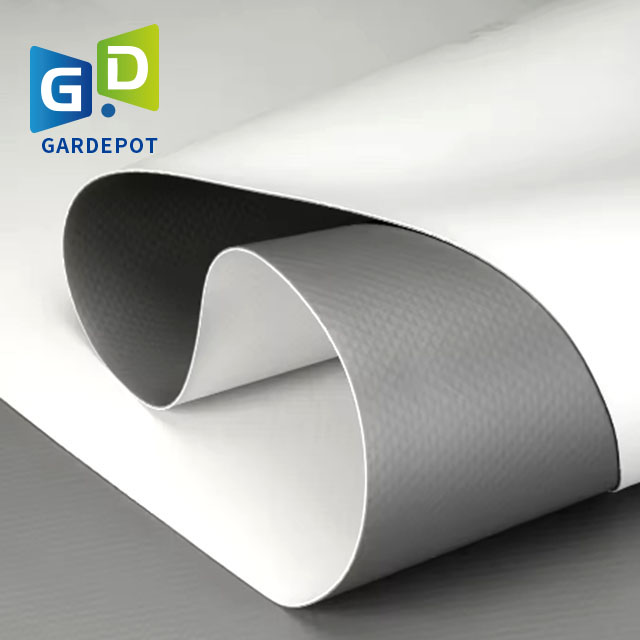
A critical step in producing high-quality tpo waterproofing membrane is the reinforcement layer. This layer, typically made of polyester fabric, is integrated into the membrane during the calendaring or extrusion process. The fabric reinforcement provides exceptional dimensional stability, puncture resistance, and tensile strength, crucial attributes for a long-lasting waterproofing solution. Post-extrusion, the membrane undergoes a cooling process before being cut and rolled into specific dimensions. Throughout the entire manufacturing chain, stringent quality control measures are implemented. These measures often adhere to international standards such as ISO 9001 for quality management and ISO 14001 for environmental management. Additionally, specific product performance standards like ASTM D6878 for TPO roofing membranes are rigorously followed, ensuring that each roll meets predefined specifications for thickness, tensile strength, elongation, tear resistance, and UV stability. This meticulous process ensures a consistent, high-performance product with an expected service life exceeding 20 years in many applications.
Key Technical Parameters and Specifications of TPO Membranes
Understanding the technical specifications of tpo waterproofing membrane specifications is essential for selecting the appropriate product for a given application. These parameters dictate the membrane's performance under various environmental and operational stresses. Key specifications often include thickness, tensile strength, elongation, tear resistance, puncture resistance, and UV resistance. For instance, thicker membranes (e.g., 60 mil or 80 mil) generally offer enhanced durability and puncture resistance, making them suitable for high-traffic areas or environments prone to physical damage. Tensile strength and elongation values indicate the membrane's ability to withstand stress and adapt to structural movement without tearing or cracking, which is vital for long-term performance.
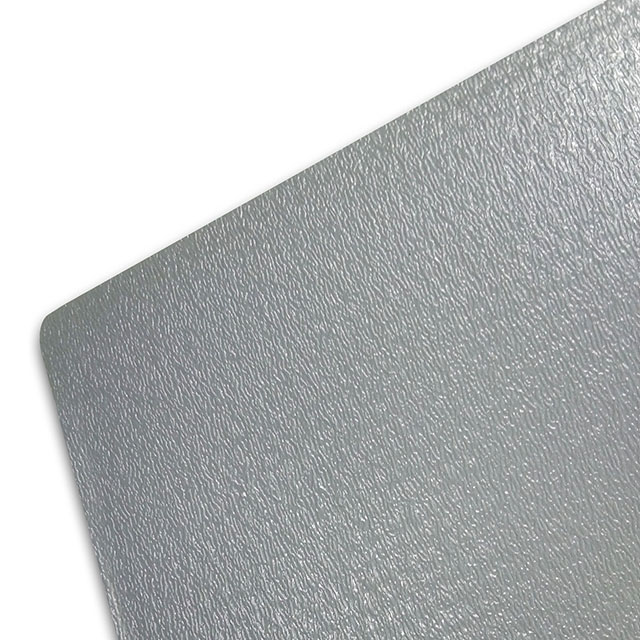
UV resistance is particularly critical for exposed roofing applications, as it directly impacts the membrane's longevity and color stability. Modern TPO formulations incorporate advanced UV stabilizers to combat degradation from sunlight. Furthermore, fire ratings, chemical resistance, and root penetration resistance are important considerations depending on the specific application scenario. Below is a table summarizing typical technical parameters for a high-quality tpo waterproof membrane, demonstrating the rigorous standards these products meet to ensure reliability and performance.
| Parameter | Test Method (e.g., ASTM) | Typical Value (Reinforced TPO) |
|---|---|---|
| Thickness | ASTM D6878 | 1.14 mm (45 mil) to 2.03 mm (80 mil) |
| Tensile Strength (Machine Direction) | ASTM D6878 | ≥ 2000 N/50mm |
| Elongation at Break (Machine Direction) | ASTM D6878 | ≥ 15% |
| Tear Resistance | ASTM D6878 | ≥ 250 N |
| Puncture Resistance | ASTM D6878 | ≥ 200 N |
| Water Absorption | ASTM D471 | ≤ 0.5% |
| Resistance to Fungi/Microorganisms | ASTM G21 | No growth |
Technical Advantages and Performance Benefits
The technical advantages of tpo waterproofing are multifaceted, positioning it as a preferred material for diverse waterproofing challenges. One of its most significant benefits is its superior heat-welded seams. Unlike other single-ply membranes that rely on adhesives or tapes, TPO seams are hot-air welded, creating a monolithic, homogeneous bond that is stronger than the membrane itself. This eliminates the common point of failure found in many traditional systems, significantly enhancing the overall integrity and longevity of the tpo waterproofing systems. This thermal welding capability ensures an impermeable barrier, crucial for high-performance applications.
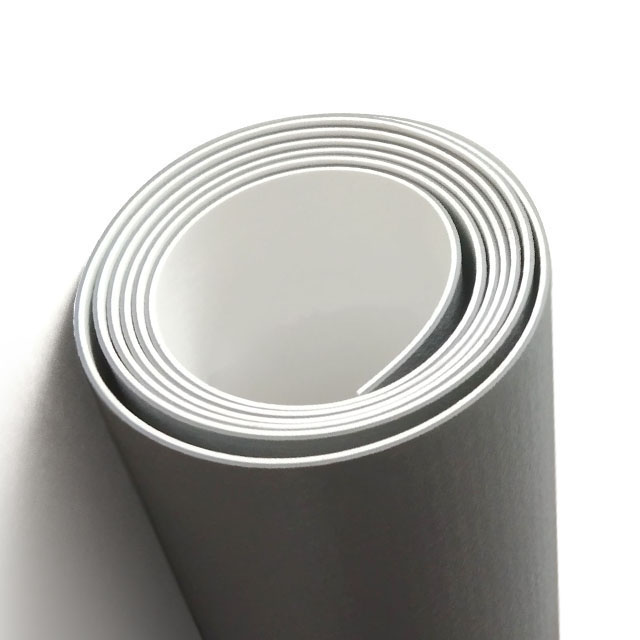
Furthermore, TPO membranes exhibit excellent resistance to UV radiation, ozone, and chemical exposure, including common industrial pollutants and corrosive agents. This robust chemical inertness makes them suitable for applications in petrochemical facilities, industrial waste management, and even certain metallurgical environments where conventional materials would degrade rapidly. The material's inherent flexibility allows it to accommodate building movement and thermal expansion/contraction without compromising its waterproof integrity, making it ideal for structures in varying climates. From an operational standpoint, the light color options available for tpo waterproof membrane, particularly white and light grey, offer high solar reflectivity, leading to substantial energy savings by reducing the heat absorbed by the building. This "cool roof" effect can lower internal temperatures, decrease air conditioning costs, and contribute to LEED certification. Coupled with its impressive service life, typically exceeding two decades, TPO provides a compelling return on investment through reduced maintenance and energy expenditures.
Versatile Application Scenarios Across Industries
The versatility of tpo waterproof membrane extends its utility across a wide array of industrial and commercial sectors. In the realm of commercial roofing, TPO is a dominant choice for both new construction and re-roofing projects on low-slope and flat roofs, including those on warehouses, factories, retail centers, and office buildings. Its lightweight nature and ease of installation minimize structural loads and construction timelines. Beyond roofing, TPO membranes are increasingly deployed in civil engineering applications, such as the lining of retention ponds, reservoirs, and canals, where their chemical resistance and impermeability are critical for preventing leakage and contamination. Its application in water supply and drainage systems, as well as in foundation waterproofing, provides long-term protection against groundwater infiltration.

In specialized industrial environments, such as chemical processing plants and waste treatment facilities, the chemical and abrasion resistance of tpo waterproofing membrane makes it an ideal choice for secondary containment liners and primary containment systems. Furthermore, TPO is gaining traction in green roofing and solar panel installations. Its robust puncture resistance provides a durable base for vegetation, while its reflective surface enhances the efficiency of photovoltaic systems by keeping the roof cooler. This adaptability underscores TPO's position as a truly multi-purpose waterproofing solution, capable of delivering superior performance in demanding and diverse environments.
Customized Solutions and Project Implementation
For large-scale industrial and commercial projects, off-the-shelf tpo waterproof membrane solutions may not always suffice. Leading manufacturers and suppliers often offer highly customized TPO waterproofing systems tailored to specific project requirements, including unique dimensions, specialized formulations for extreme environments, or integration with complex architectural designs. This customization extends to the membrane's thickness, reinforcement type, color, and even specialized coatings for enhanced performance. For instance, a project in a desert climate might require a TPO membrane with exceptionally high UV and heat resistance, while an application in a chemical plant might demand superior chemical inertness against specific reagents.
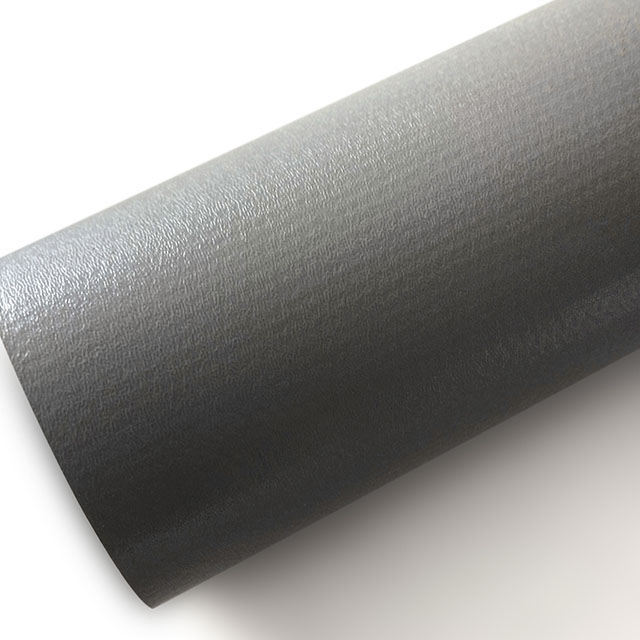
Effective project implementation involves close collaboration between the client, the manufacturer, and certified installers. This partnership ensures that the chosen tpo waterproofing system is not only technically suitable but also installed to the highest standards. Manufacturers often provide comprehensive technical support, including detailed installation guides, on-site training, and quality assurance checks. Furthermore, reputable suppliers will conduct rigorous factory production control, often certified by third-party bodies, ensuring that every batch of tpo waterproofing membrane specifications meets the agreed-upon standards. Choosing a supplier with extensive experience and a proven track record in delivering customized solutions is paramount for the success and long-term performance of your waterproofing investment.
Application Cases and Success Stories
The practical success of tpo waterproof membrane is best illustrated through its numerous real-world applications across various industries. For example, a major logistics hub in Texas utilized TPO for its extensive 500,000 sq ft roof, opting for a white, 60-mil reinforced membrane. The choice was driven by TPO’s superior energy efficiency, contributing to a 15% reduction in cooling costs during peak summer months compared to conventional black EPDM roofs. The heat-welded seams provided an extremely durable, leak-proof system, ensuring the protection of valuable inventory and operations. This project highlighted TPO's ability to offer both economic and environmental benefits on a large scale.
Another notable application involved the waterproofing of a critical water retention pond for a large mining operation in Western Australia. Here, a specialized 80-mil thick tpo waterproofing membrane was chosen for its exceptional resistance to harsh chemicals present in the mining wastewater and its superior puncture resistance against potential debris. The ease of thermal welding facilitated quick installation across the vast area, minimizing downtime for the operation. Client feedback consistently praises the membrane’s long-term stability and minimal maintenance requirements, demonstrating its reliable performance in some of the most challenging industrial environments. These case studies underscore the material's resilience, adaptability, and long-term cost-effectiveness.
Frequently Asked Questions (FAQ) about TPO Waterproofing
-
Q: What is the typical lifespan of a TPO Waterproof Membrane?
A: High-quality tpo waterproof membrane, when properly installed, typically has a service life of 20 to 30 years or more, depending on thickness, environmental conditions, and maintenance. Many manufacturers offer warranties covering this duration. -
Q: Is TPO environmentally friendly?
A: Yes, TPO is considered an environmentally friendly option. It is recyclable, contains no chlorine (unlike PVC), and its light color options contribute to energy efficiency by reducing cooling loads, aligning with "cool roof" initiatives and LEED certification. -
Q: How does TPO compare to EPDM or PVC membranes?
A: TPO combines the best attributes of both EPDM and PVC. It offers the heat-weldable seams of PVC (creating stronger bonds) and the environmental benefits and flexibility of EPDM, but with superior puncture and tear resistance, and often better resistance to oils and fats. -
Q: Can TPO be installed in various climates?
A: Absolutely. TPO waterproofing systems are designed for versatility. They maintain flexibility in cold temperatures and resist degradation in hot, sunny climates, making them suitable for diverse global environments. -
Q: What kind of maintenance does a TPO roof require?
A: TPO roofs are generally low-maintenance. Regular inspections (typically twice a year) to check for debris, clogged drains, and any potential damage are recommended. Cleaning the surface can also help maintain its reflectivity.
Delivery Timelines and Warranty Commitments
Understanding the logistics of procurement is crucial for B2B clients. For tpo waterproof membrane, standard delivery cycles typically range from 2 to 4 weeks for common specifications, depending on order volume and destination. For highly customized or large-volume orders, lead times may extend to 6-8 weeks, though express options might be available for urgent projects. Reputable manufacturers maintain robust supply chain management to ensure timely delivery and minimize project delays. Clients are encouraged to discuss their project timelines and specific delivery requirements with their supplier early in the planning phase to ensure seamless execution.
Warranty provisions are a cornerstone of trustworthiness in the B2B sector. Leading providers of tpo waterproofing systems typically offer comprehensive material warranties ranging from 15 to 30 years, covering defects in manufacturing and material performance. Some also offer system warranties that include both material and labor, contingent upon installation by certified contractors. These warranties underscore the manufacturer's confidence in their product's durability and performance. It is always advisable to review the full terms and conditions of any warranty, including coverage, exclusions, and claims procedures, to ensure complete peace of mind and long-term protection for your investment.
Conclusion: The Future of Waterproofing with TPO
The tpo waterproof membrane represents a pinnacle in modern waterproofing technology, offering an unparalleled combination of durability, flexibility, environmental sustainability, and cost-effectiveness. Its advanced manufacturing processes, rigorous quality control, and adherence to international standards ensure a product that meets the stringent demands of contemporary construction and industrial applications. From energy-efficient commercial roofs to critical industrial containment, TPO's technical advantages—including superior heat-welded seams, robust chemical resistance, and high UV stability—make it an intelligent choice for discerning B2B decision-makers.
As industries continue to prioritize sustainable, long-lasting, and high-performance building solutions, the adoption of tpo waterproofing membrane specifications is set to expand further. Investing in TPO not only safeguards your assets against the elements but also contributes to operational efficiencies and environmental stewardship, aligning with future-forward business strategies.
References:
- Journal of Building Performance and Standards, Vol. 12, Issue 4: "Advancements in Single-Ply Roofing Membranes: A Comprehensive Review of TPO Technologies."
- International Journal of Civil Engineering and Construction, Vol. 7, No. 2: "Comparative Analysis of Thermoplastic Polyolefin (TPO) Membrane Properties for Sustainable Infrastructure."
- Proceedings of the American Society of Civil Engineers, Structural Engineering Institute: "Evaluation of Long-Term Durability of TPO Waterproofing Systems in Diverse Climates."

